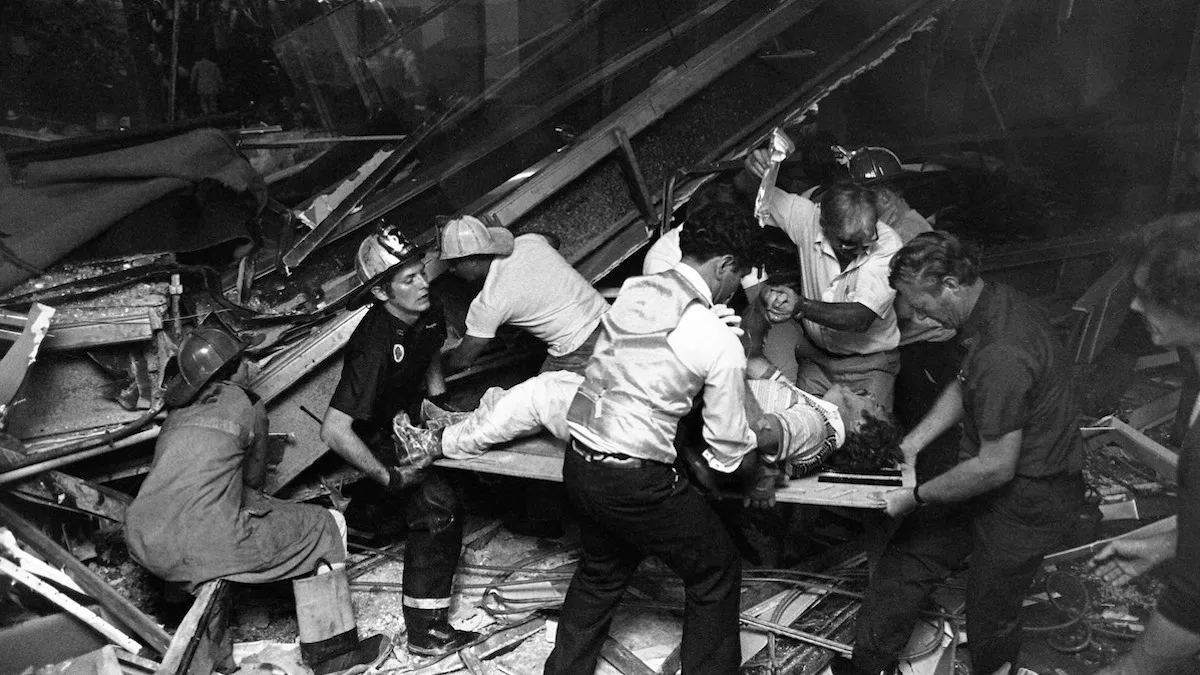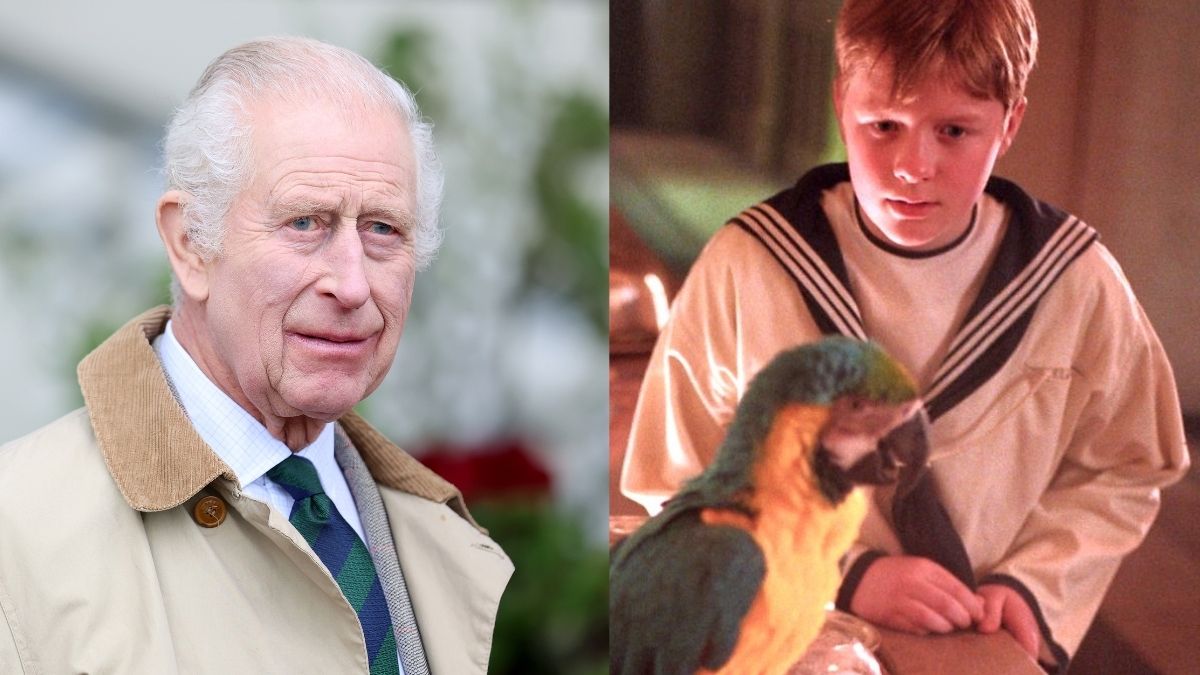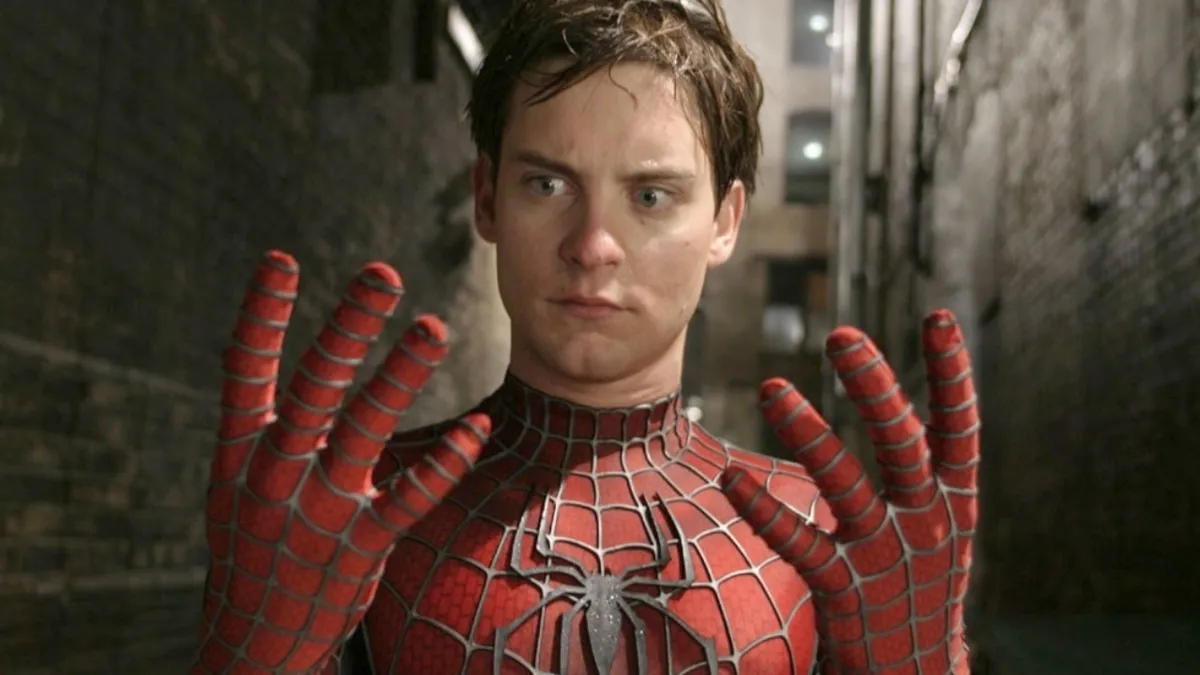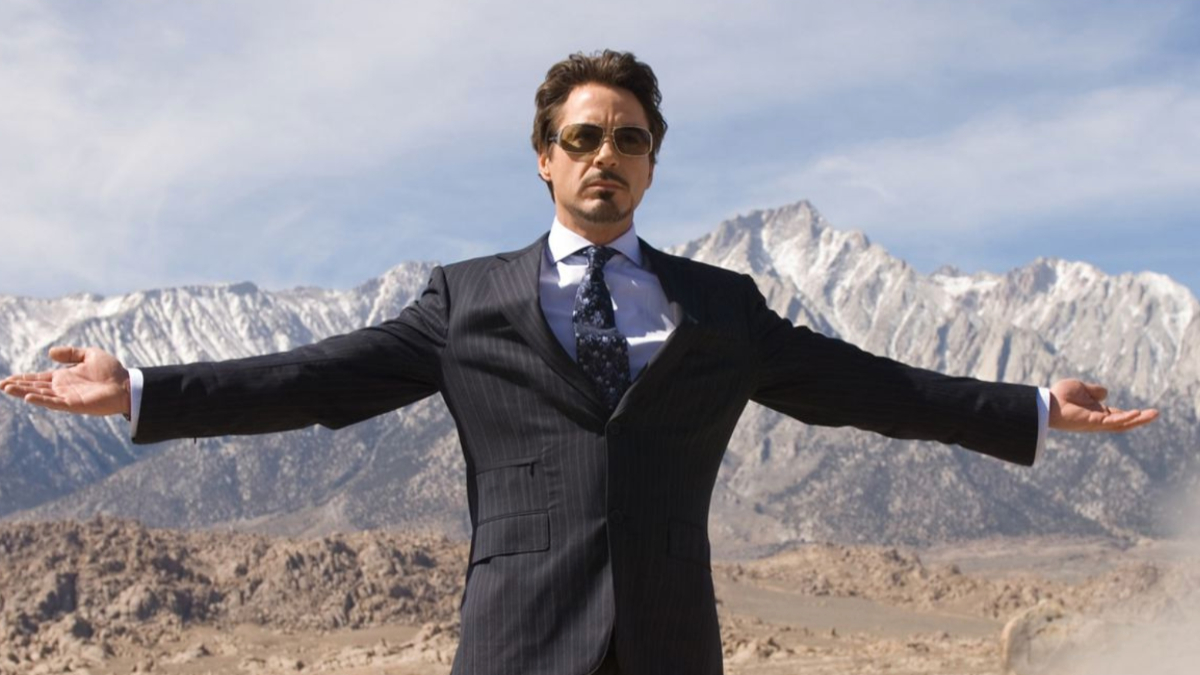Americans woke up to grizzly news on March 26, 2024. In the wee hours of the morning, a container ship struck Baltimore’s Francis Scott Key bridge, causing the nearly 50-year-old structure to collapse in a matter of seconds. Six construction workers lost their lives in the cataclysmic event and the aftermath has left the city reeling.
The collision was a freak accident. Despite consistent maintenance and the sturdy engineering of the continuous truss build, it took just a moment for the structure to fall. The tragic event serves as a reminder of the beauty of engineering and how necessary regulations are when it comes to safety – but not so stark a reminder as the Hyatt Regency collapse in 1981.
The Hyatt horror of 1981
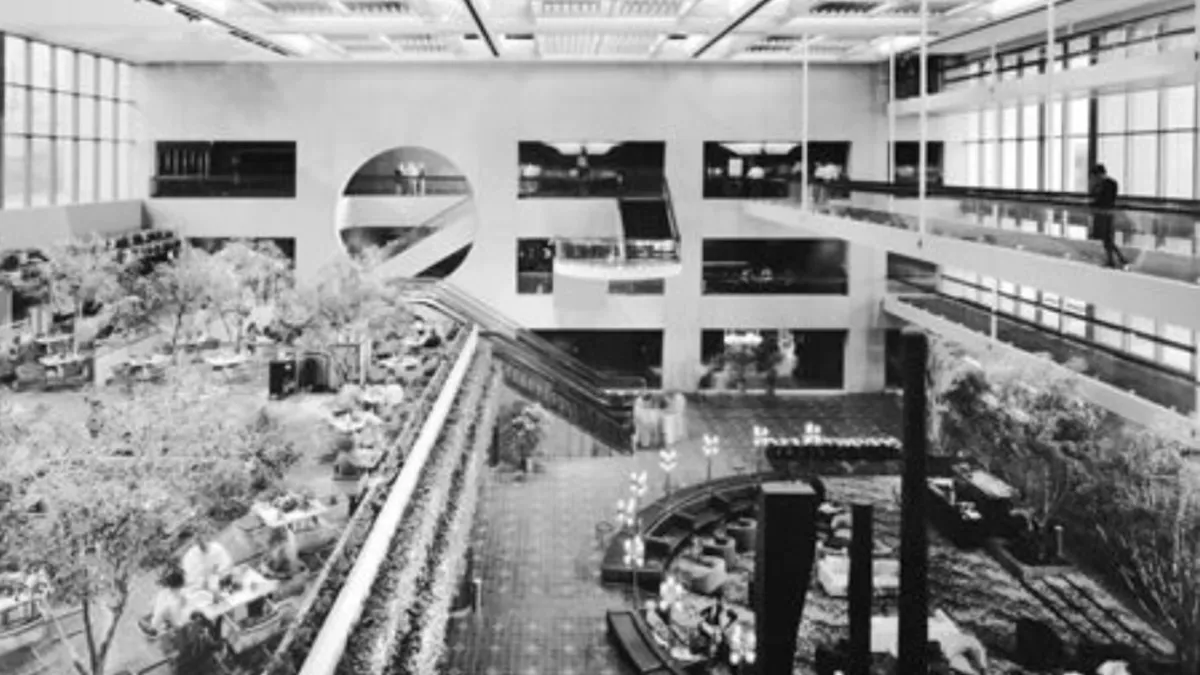
The images of the Baltimore bridge collapse will doubtless stick with the millions of people who have seen the video firsthand, but video is a poor compensation for firsthand experience. Just as the first responders in Baltimore will likely speak of this experience in hushed tones, the brave responders to 1981’s Hyatt Regency Hotel in Kansas City struggled to speak of what they saw that day. 114 people died and 200 more were injured after a fast-track constructed suspended bridge collapsed over a room of partygoers. Where machinery malfunctions caused the Baltimore bridge’s collapse, the Hyatt collapse was a malfunction of common sense.
During the Vietnam War, anyone enrolled in college was deferred from the draft. As a result, college enrollment exploded, but the demand far outweighed the number of higher learning institutions. The country was in a recession and the typical build process was seen as too expensive and too slow to meet the growing need. Fast Construction was the solution. By bypassing the traditional building model – one that prioritized design before allowing contractors to bid on the right to build – buildings could be constructed between 25-45% faster. The idea looked good on paper; rather than a step-by-step project it was a collaboration, one that theoretically meant architects, builders, and manufacturers were in constant communication as they built floor by floor. Without completed designs, however, there was a huge margin for error.
The Hyatt Hotel was an ambitious project in 1978. It sported a multi-story atrium lobby in the center of the hotel. The floors encircled the space and the hotel’s rooms opened up to a view of the lobby. Elevated bridges with glass walls spanned the atrium, connecting either side up to the fourth floor. Each bridge was around 120 feet long and weighed 64 thousand pounds.
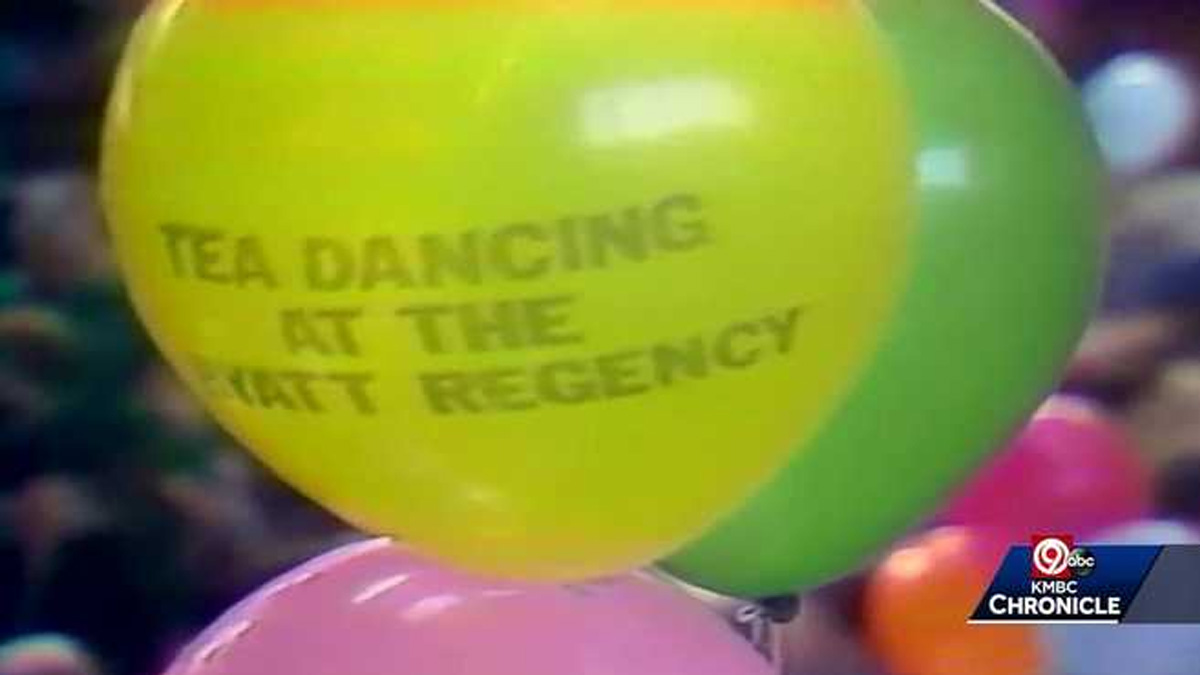
On July 17, a year after the hotel’s grand opening, nearly 1,600 people gathered for a tea dance. A jazz band played in the atrium as partiers participated in a dance competition, sat on luxury sofas, and sipped fancy cocktails. Most of the crowd stayed on the main floor, but others migrated up to stand on bridges. There they could view the dances and festivities from a better angle. Around 40 people watched from the second-floor walkway, which was situated directly below the fourth-floor bridge, but others moved up to the third and fourth floors for a better view.
The weight was too much for the shoddy construction of the walkways. The original design had called for one continuous beam to bear the weight, but during construction, the manufacturer realized that installation would be next to impossible. Instead, the rod connected to the fourth floor only, and another rod, bearing the weight of the second-floor walkway, was suspended from the fourth floor walkway.
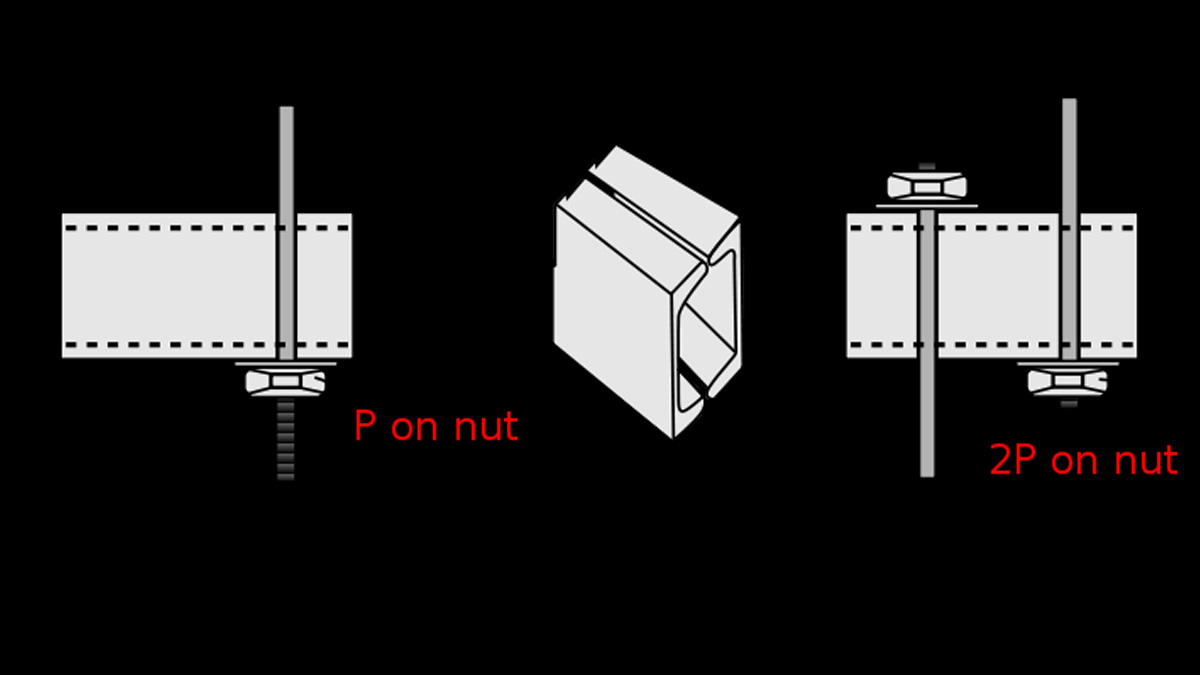
Partygoers recalled hearing the cracking of concrete, the screaming of metal, and worse, the sound of bolts tearing from their mooring. The fourth-floor walkway dropped two inches before plummeting to the second-floor walkway, instantly crushing the spectators standing there. Within seconds, the two walkways collapsed onto the crowd below.
The original design only held 60 percent of the structure’s weight. The replacement was determined to have “only minimal capacity to resist their own weight,” by the Nation Bureau of Standards during the investigation, which discovered that the updated design could only hold 30 percent of the sky bridges’ own weight. It never accounted for the added weight of people.
The carnage was unimaginable. 65 tons of concrete, glass, and metal crushed hundreds of people. Per the Kansas City Star, dozens were “pinned, dying beneath the debris. Bodies cut in half. Broken necks, broken backs, severed limbs and shattered lives.” Rescuers were on the scene in minutes, but the fire department’s usual equipment was no match for the thousands of tons of concrete, steel, and glass that had rained from above. The city called for volunteers to bring jackhammers, chainsaws, and any industrial equipment that might help them free the trapped survivors. A nearby construction site was raided for tools. “They said ‘take what you want’. I don’t know if all those people got their equipment back. But no one has ever asked for an accounting and no one has ever submitted a bill,” Deputy Fire Chief Arnett Williams recalled.
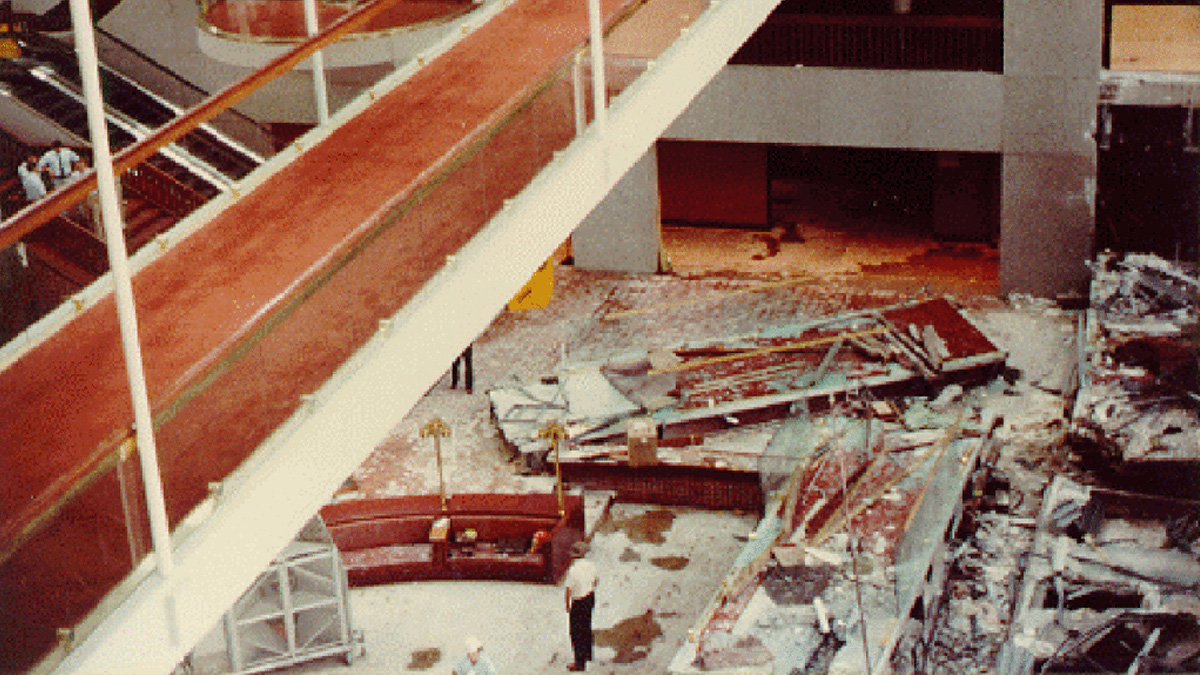
Rescuers were fighting the clock on more than just trauma injuries. Instead of being tied to the city mains, the hotel relied on water tanks in the case of fire. When the bridges collapsed, they pulled the water lines with them. As water poured into the hotel, trapped partygoers who had survived the fall had to contend with the possibility of drowning before they could be extracted from the rubble. Even worse, the bridges pulled down electrical lines during the collapse. As the water rose, the live wires dipped into the flood, electrocuting survivors and first responders alike. Rescuers had no choice but to cut the power as evening turned into night. Trapped under debris as the water rose, the survivors were plunged into darkness.
Triage was desperately needed. There were so many injured that it was impossible to get everyone to hospitals. Instead, the city brought the hospital workers to the scene, with 17 hospitals sending nurses, doctors, and surgeons. At first, those trapped in the rubble refused amputation, thinking rescue was just around the corner. As it became clear that rescue would take hours, citizens gave in. As was reported in The Kansas City Star, “One man’s legs and right pelvis were pinned. He was given pain medication and fluids, but without amputation he wouldn’t survive. At first, the man refused. After about an hour, he relented.”
The front of the building was smashed out to provide easier access and two cranes were brought in to lift the debris. Rescue efforts extended into the early morning, but despite the time, Kansas City residents came out in droves to donate blood at the scene. It was reported that the lines stretched around the block.
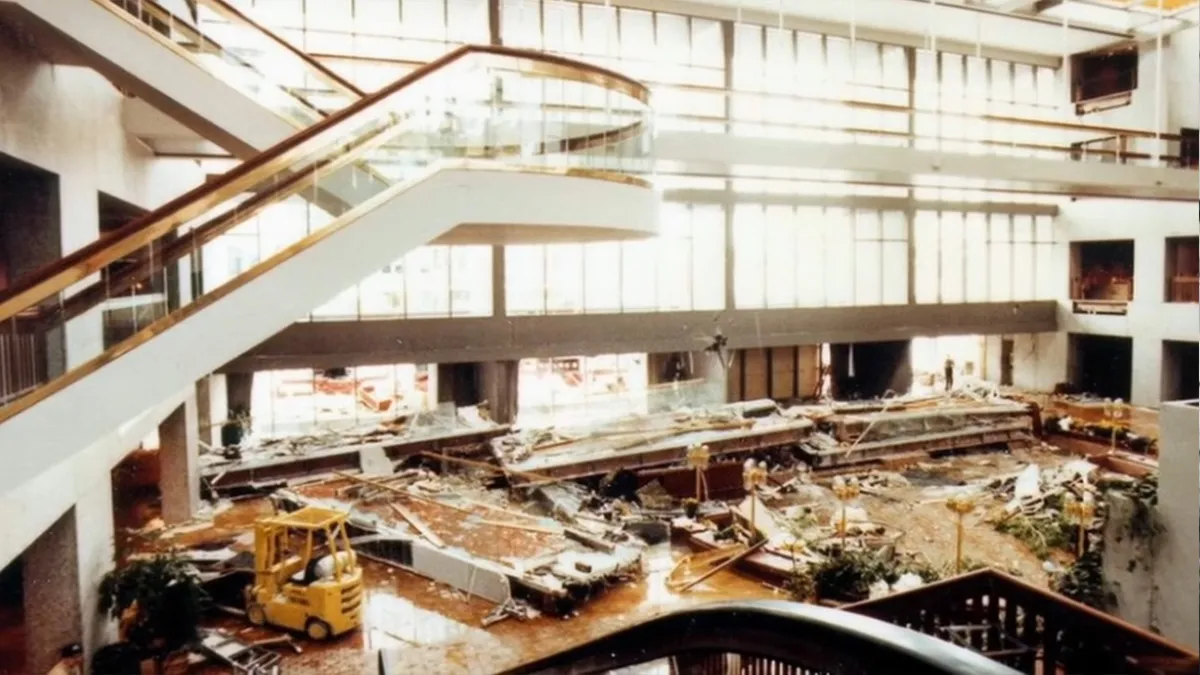
The Hyatt Regency walkway collapse was the deadliest non-deliberate structural failure in America’s history. Despite the damage, the hotel opened just three months after the catastrophe that killed 114 people and injured 214 more. The engineers who approved the final design were found culpable of gross negligence, misconduct, and unprofessional conduct, though all were acquitted of their crimes. The company lost its engineering licenses in three states and had its membership with the American Society of Civil Engineers revoked.
$140 million was paid out to the victims, and $1,000 (about $4,000 when adjusted for 2024 inflation) was unconditionally offered to survivors. Jack D. Gillum, the owner of the engineering company, eventually claimed full responsibility for the tragedy. He lectured on the importance of safety until he died in 2012. “Engineering societies need to talk about failures. That’s how we learn. This is a tragedy I think about 365 days a year. I think about it anytime I walk into a public building.”

